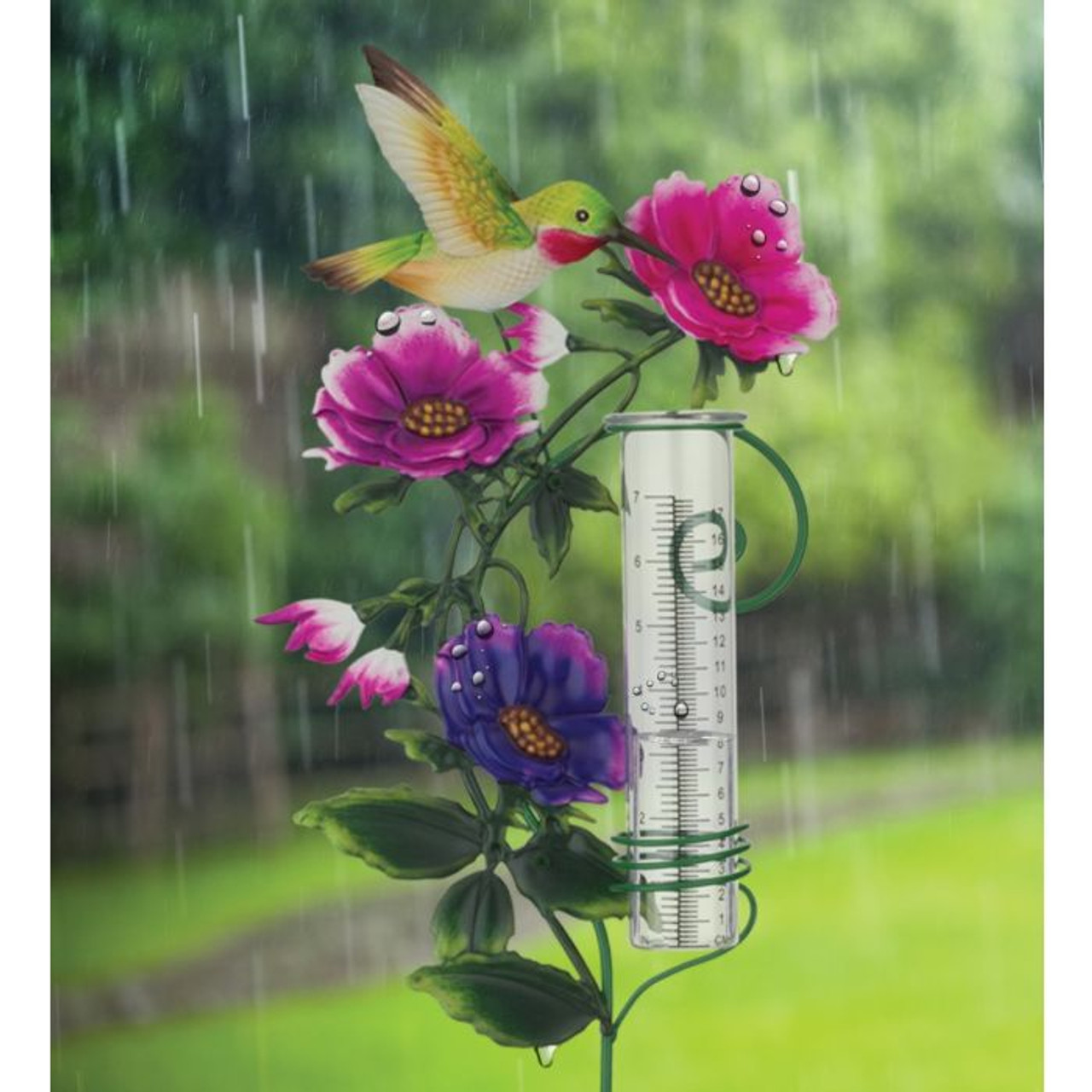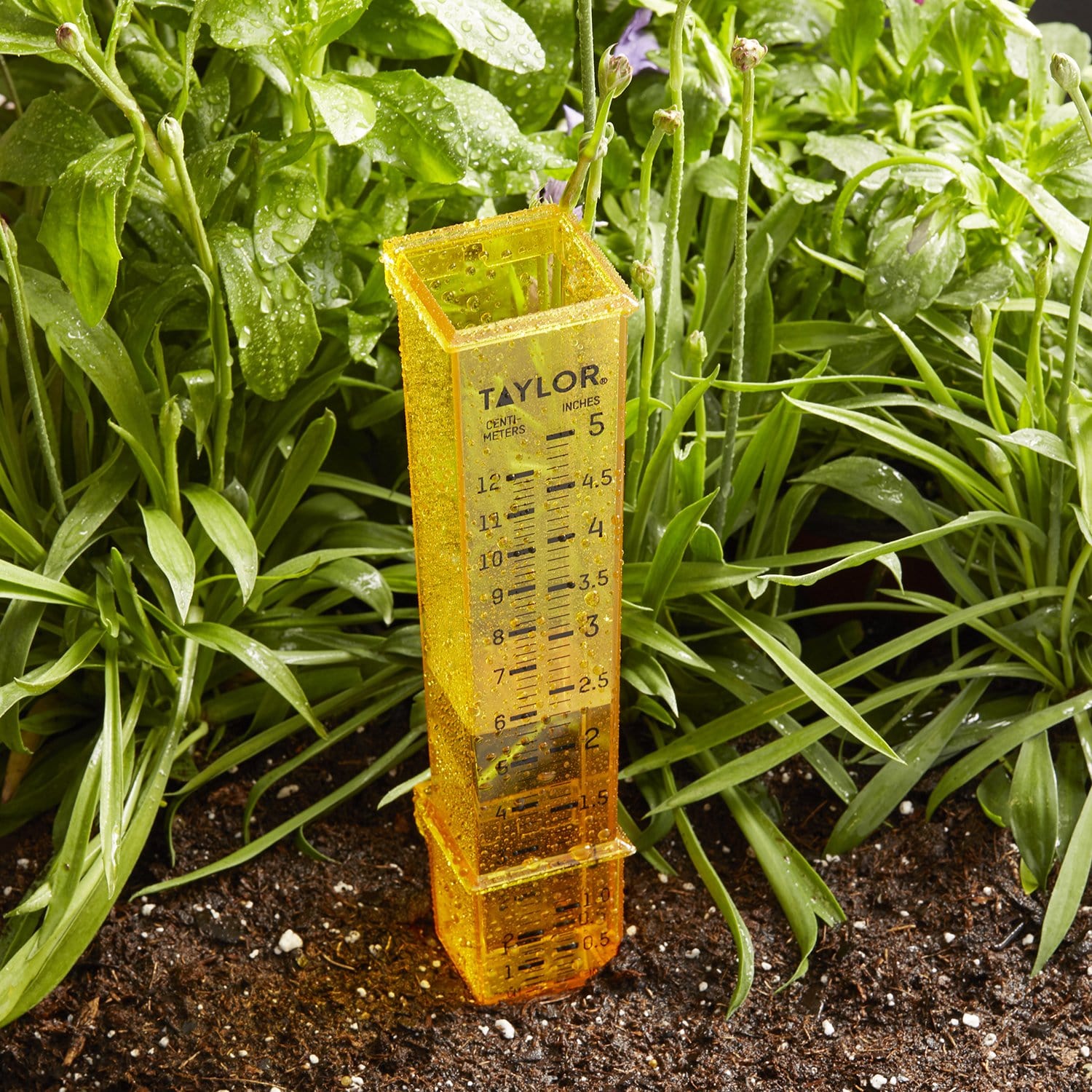The Rain Gauge: Enhancing Agricultural and Environmental Checking Initiatives
The Rain Gauge: Enhancing Agricultural and Environmental Checking Initiatives
Blog Article
How to Choose the Right Rain Scale for Accurate Rainfall Data
To get dependable measurements, it is essential to select the best rain gauge. Taking into consideration variables such as place, type, and accuracy of the rain scale will certainly help make certain specific information collection. In addition, understanding the maintenance and calibration treatments will add to the durability and integrity of your rain gauge.
Significance of Selecting the Right Rain Gauge
The importance of selecting the right rainfall scale depends on acquiring trusted and accurate rains data for exact meteorological analysis. Rainfall data is crucial for a vast array of applications, including weather forecasting, hydrological modeling, and climate research. Unstable or imprecise data can lead to wrong conclusions and flawed decision-making processes.

Second of all, the accuracy and accuracy of the rainfall gauge are critical. The gauge must be able to determine rainfall with high precision, recording even tiny quantities of rainfall properly. It needs to additionally decrease mistakes because of dissipation, wind, and various other environmental factors. Regular calibration and maintenance are necessary to guarantee recurring accuracy.
Furthermore, the area and installment of the rainfall scale are essential considerations. It should be put in an open area, far from obstructions that could impact rains measurements. The gauge must be positioned at a suitable height and angle to stay clear of splashing and make certain appropriate catchment of rainwater.
Variables to Take Into Consideration When Selecting a Rain Scale
When choosing a rain gauge, there are numerous vital variables to take into consideration. There are various kinds available, consisting of typical rainfall determines, tipping bucket rainfall gauges, and considering rain evaluates.
Another element to think about is the material of the rainfall scale. Rainfall assesses can be constructed from numerous products, such as plastic, glass, or metal. The product selected need to be long lasting and resistant to weather problems, ensuring that the rain scale will certainly withstand the aspects and give precise dimensions in time.
Precision is also a crucial variable to think about. Try to find rain assesses that have been calibrated and checked for accuracy. Attributes such as anti-splash rings and funnels can additionally enhance the precision of the dimensions.

Finally, think about the climate and atmosphere in which the rain gauge will certainly be used. Different rain assesses appropriate for various environments, so it is very important to choose one that is appropriate for the conditions in your location.
Different Kinds of Rain Assesses Available
To additionally discover the elements to consider when picking a rainfall gauge, it is crucial to recognize the different sorts of rain assesses readily available. There are several types of rainfall determines, each with its own benefits and drawbacks. One of the most usual kind is the conventional rainfall scale, likewise referred to as the round rainfall gauge. This type includes a straight-sided cylindrical container with a funnel-shaped top. It is straightforward to use and offers precise measurements of rains.
An additional kind of rainfall gauge is the tipping bucket rainfall scale. This scale utilizes a seesaw-like system to collect and measure rains. As the rainfall falls under browse around this web-site the gauge, it fills out one side of the pail, triggering it to tip and empty the water. The variety of pointers is counted online to figure out the amount of rains. Tipping bucket rainfall evaluates are popular for their accuracy and capacity to determine rainfall strength.
A third kind of rain scale is the weighing rainfall scale. As the rainfall drops right into the gauge, it is collected in a container linked to a balance.
Lastly, there are also remote rain gauges that use progressed technology to determine rainfall (The Rain Gauge). These assesses usage sensors and transmitters to send information wirelessly to a central device. Remote rain assesses are hassle-free for keeping an eye on rainfall in hard-to-reach areas or for large-scale data collection
Exactly How to Establish the Accuracy of a Rain Gauge
One method to analyze the accuracy of a rain scale is by performing regular calibration measurements. Calibration includes contrasting the readings of a rainfall gauge to a standard measurement, such as a licensed rainfall scale or a weather condition terminal with high precision. By contrasting the dimensions, any discrepancies or mistakes in the rain scale can be determined and made up.
To perform a calibration measurement, start by collecting rainfall data from both the rain gauge and the conventional dimension tool over a details time period, such as a month. Then, compare the readings and calculate the difference in between them. This distinction is recognized as the calibration mistake.
It is very important to keep in mind that calibration dimensions ought Visit Website to be carried out consistently, as ecological aspects, such as wind, temperature, and particles, can affect the accuracy of the rain gauge with time. By carrying out regular calibrations, any adjustments in the accuracy of the rainfall gauge can be detected and changes can be made as necessary.
Along with calibration, it is also recommended to tidy and preserve the rain scale consistently to ensure its accuracy. Eliminate any type of debris or blockages that may influence the accuracy of the dimensions, and look for any indicators of damage or put on that may call for fixings or substitute.
Tips for Maintaining and Calibrating Your Rainfall Gauge
Normal maintenance and calibration are crucial for making certain the accuracy and integrity of your rain scale in gauging rainfall information (The Rain Gauge). By complying with a couple of easy pointers, you can guarantee that your rainfall scale is correctly kept and calibrated
To start with, it is necessary to cleanse your rainfall scale frequently to stop any kind of debris or dirt from blocking the rainfall collection mechanism. Utilize a light detergent and a soft brush to gently clean the inside and beyond the scale. Rinse it completely with tidy water and permit it to dry totally prior to re-installing it.
Second of all, it is advised to calibrate your rain scale at the very least yearly. Calibration involves comparing the measurements of your rainfall scale with those of a trusted and accurate reference gauge. This will assist you determine and deal with any kind of possible errors in your rainfall gauge's measurements.
To calibrate your rainfall gauge, gather a recognized quantity of water making use of a determining container and contrast it with the dimensions videotaped by your rainfall scale. Change the analyses appropriately to Read Full Article guarantee accuracy.

Verdict
To conclude, choosing the appropriate rain gauge is essential for getting precise rainfall information. Variables such as location, purpose, and budget plan need to be taken into consideration when selecting a rainfall scale. There are different sorts of rainfall evaluates available, each with their own benefits and limitations. It is very important to consistently maintain and adjust your rain scale to guarantee its accuracy. By complying with these standards, accurate rains data can be acquired for numerous applications.
There are different types offered, consisting of conventional rain determines, tipping bucket rainfall determines, and weighing rainfall determines.To further discover the variables to consider when selecting a rain gauge, it is essential to comprehend the different types of rain evaluates available. The most common type is the standard rain scale, also known as the cylindrical rainfall scale.One more type of rain gauge is the tipping container rainfall scale. Calibration involves contrasting the analyses of a rainfall gauge to a basic measurement, such as a certified rainfall scale or a weather condition station with high precision.
Report this page